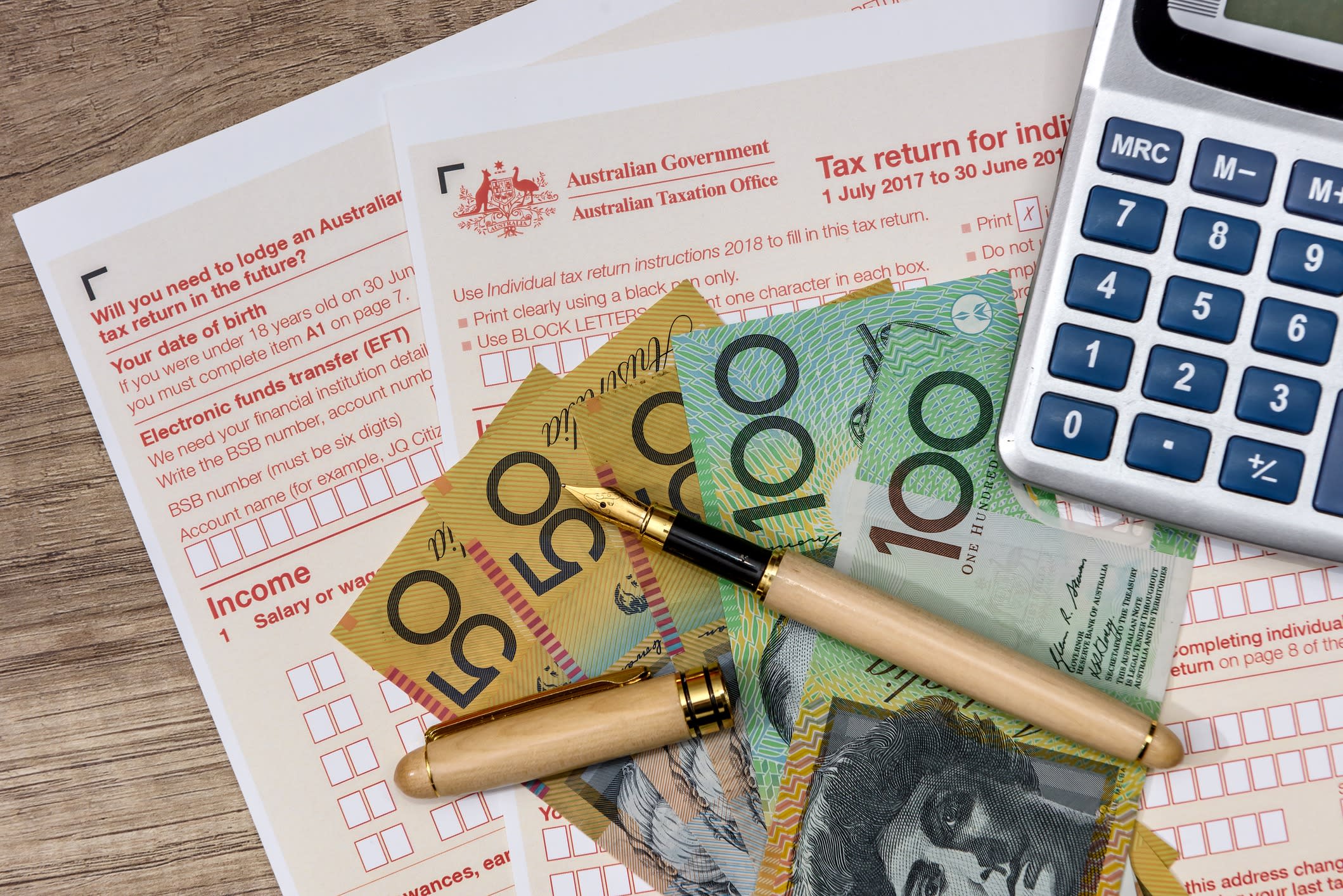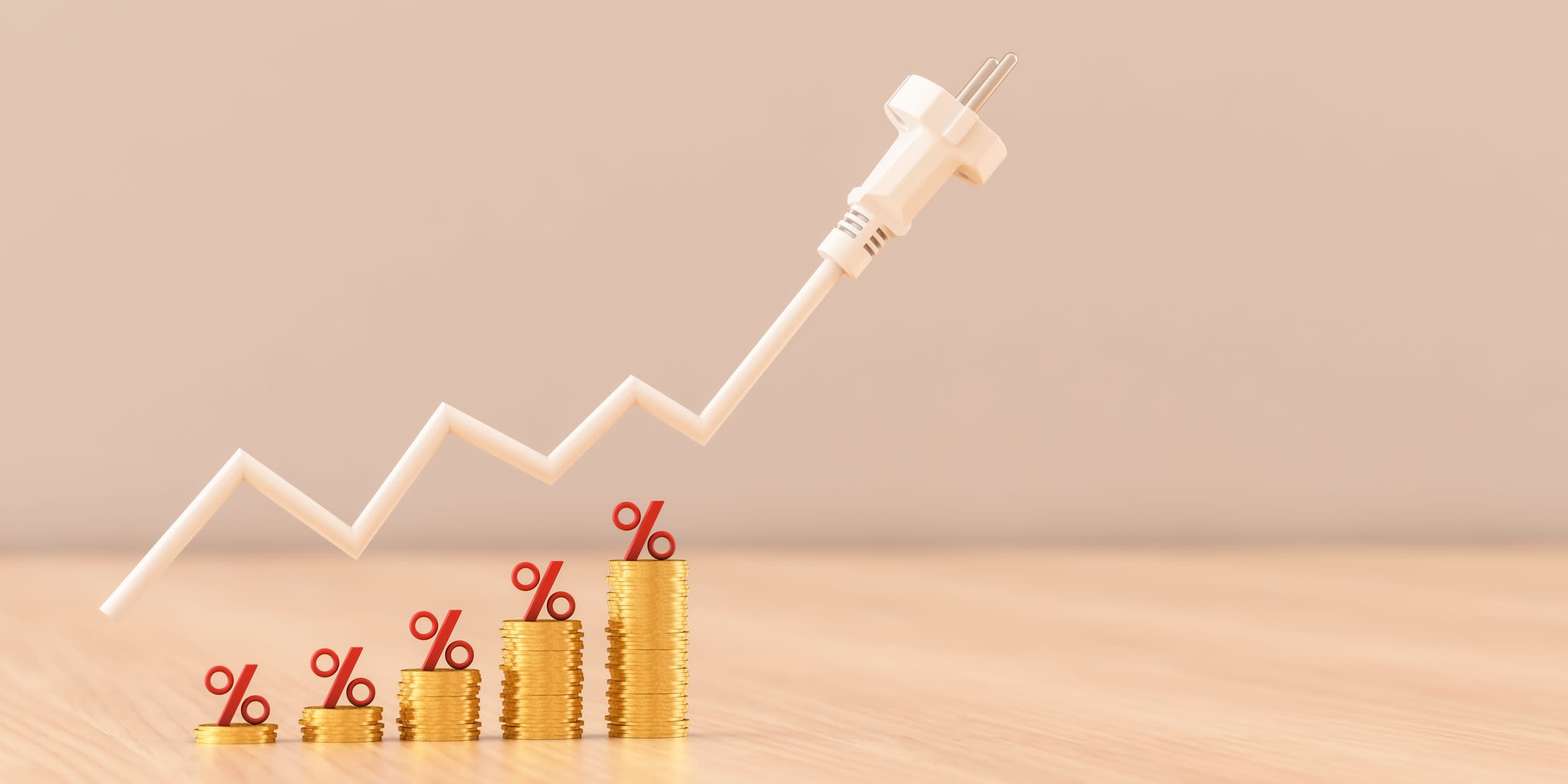-
Remy Davison
Jean Monnet Chair in Politics and Economics, Monash University
Is the first Labor budget in nine years a "bread and butter" budget? A cost-of-living budget? Or a red, pink and blue budget?
Red for nation-building projects: $40 billion is earmarked for Rewiring the Nation, the National Reconstruction Fund, and the Housing Future Fund.
Pink, for paid parental leave and childcare.
And blue for tax cuts: Stage 3 stays. For now.
Deficits don't matter
Former George W. Bush-era vice-president Dick Cheney was fond of arguing that "Reagan proved deficits don't matter". Maybe in the US, but they do matter here.
The 2022-23 deficit, at $36.9 billion, is less than half the $78 billion forecast in Josh Frydenberg's last budget in March this year. A major factor in the improved fiscal position is higher federal tax revenue inflows as a result of high global prices for minerals and energy exports.
My budget analysis: This is a federal budget designed for "difficult decisions in difficult times" - and it needs to be https://t.co/vxcF1LVvcY via @ABCaustralia
- Laura Tingle (@latingle) October 25, 2022
The challenge for Treasurer Jim Chalmers' first budget is to balance cost-of-living pressures with the Reserve Bank's (RBA) relentless resolve to drive down inflation by hiking interest rates to the pain threshold.
The RBA is attempting a "managed deflation", where demand and prices fall. The pressure on Chalmers is to ensure budget spending doesn't counteract the RBA's monetary tightening.
In other words, this is not your Frydenberg COVID budget; Chalmers cannot "spend, spend, spend". Fiscal restraint (that is, reduced expenditures) must operate in tandem with the RBA's tighter monetary discipline. Otherwise, the RBA board will raise rates higher for longer.
Slow growth from China
For more than 20 years, Australia's rivers of gold - its budget revenues - have been "Made in Beijing". But last week, China's National Bureau of Statistics announced it had postponed the release of economic growth figures, ostensibly due to the Communist Party conference.
The real reason?
China's zero-COVID policy has resulted in a massive slump in growth. The IMF's outlook for 2022 forecasts growth at 3.2%, less than half China's 2021 growth of 8.1%, and Beijing's worst performance in 40 years.
Add to that the prospect of a global recession with "normalised" interest rates over the next five years, and it's clear the global growth outlook is flat.
Moreover, like most Western economies, Australia is progressively de-linking from the Chinese economy and turning to other emerging markets, such as India.

But that hasn't happened yet. Despite optimistic growth figures from Beijing for the September quarter, the markets this week sold down Chinese equities, and the renminbi followed suit. And when China's currency sneezes, the Australian dollar gets a cold.
The strength of the US greenback doesn't help either; the RBA is compelled to keep increasing rates, in order to maintain relative parity with US Federal Reserve interest rates. Otherwise, the Australian dollar will be trashed.
Although a lower dollar boosts our exports, all the goods and services we import - which is almost everything - cost more. Thus, Australia is "importing" inflation.
Strike while the iron is hot
For now, minerals and energy exports provide a fiscal buffer, without which the economy would be in deep trouble.
A $50 billion budget windfall from last financial year was confirmed in September, a product of increased tax revenues and booming commodities prices.
A weaker dollar and low unemployment, together with resources revenues, could boost the budget bottom line by $150 billion over three years.
Federal budget 2022: Australian treasurer Jim Chalmers' full October budget speech - video https://t.co/jY564Ms6x1
- Guardian Australia (@GuardianAus) October 25, 2022
Iron ore plummeted to an 11-month low this week to about US$94 (A$148) per tonne, down from US$161 in April this year, with prices expected to decline further through to the end of the current December quarter.
Iron ore and thermal coal are still paying our bills and our wages, but as the global economy slows, prices will continue to fall. From mid-2014 to mid-2019, iron ore tracked below US$100 constantly.
Ore export revenues will remain solid, but the short-term outlook is grimmer - the budget forecasts iron ore at US$55 by the end of the March quarter of 2023.
Hard choices: (Not) dealing with the structural deficit
The government is still spending more on budget line items than it receives in revenue. In 2022-23, spending as a proportion of GDP is 25.9%, rising to more than 27% from 2023-24 to 2025-26.
In contrast, receipts over the forward estimates through 2025-26 will only reach approximately 25% of GDP, leaving the budget in deficit for the foreseeable future.
The ALP government has cut $22 billion from the previous LNP budget, mostly from "wasteful" infrastructure projects ($9.3 billion saving), which it has redirected to alternative fiscal measures.
Albanese government forms "fraud fusion taskforce" in NDIS provider crackdown https://t.co/VxMfwUbnJj
- Guardian Australia (@GuardianAus) October 25, 2022
For the government, NDIS and pension costs have grown exponentially, and will continue to burn the budget to the tune of hundreds - yes, hundreds - of billions of dollars. Bottom line: Cuts will need to be made to the NDIS, and its funding will need to be smarter and more tightly focused.
Moreover, as most baby boomers will have retired over the next decade, with the oldest Gen X not far behind, Australia's health and retirement system is inevitably coming in for a hard landing with demographic reality.
Money's too tight to mention
Read my lips: No. Tax. Changes. This budget avoided the three-letter word. First, the Treasurer said it only seven times - and not once did he prefix it with "more" or "new".

More importantly, the Stage 3 tax cuts went unremarked and unchanged. Stage 3 is scheduled to come into effect in 2024-25, which will cost the budget $243 billion over 10 years, in terms of foregone revenue.
Numerous think tanks, welfare groups and analysts have called for the elimination of the Liberal-National coalition's Stage 3 cuts, but the Albanese government is in the invidious position of having made a commitment to their retention throughout the 2022 campaign; it would be electoral suicide to back away from them now.
But it would be even harder to tamper with Stage 3 closer to a 2025 election; clearly, any window open to Stage 3 cuts is now firmly closed. The government is obviously banking that the inflation genie is firmly back in the bottle by 2024, paving the way for an injection of income tax relief.
One notable rort has disappeared - the $150,000 Instant Asset Write-off scheme is kaput from July 2023. You may recall that this led to professionals buying Porsches for their "business" mode of transport, with commensurate increases in German car sales. No more.
Electric avenue
If you thought gas and electricity prices were spiralling, then you ain't seen nothing yet. The budget forecasts price increases of up to 50% over the next two years. Household and business power bills, combined with rental unaffordability, cost-of-living pressures and high interest rates hurting mortgagors, demanded a response.
But the government has opted not to intervene in energy markets, instead opting for a "sign-and-pray" strategy, banking that the agreements it's inked with the gas and coal cartels will have energy supplies flowing - albeit with no genuine ceiling on costs.

The Powering Australia plan has some worthy innovations. It's a $20 billion fund to rebuild Australia's energy transmission infrastructure to boost capacity to carry renewables. Other initiatives in the energy fund include hydrogen refuelling, 100,000 batteries for homes, and a national charging network. There are also FBT cuts for employers and individuals who purchase electric vehicles.
What energy strategy should have been in the budget? Instead of refurbing transmission lines, the energy fund should have injected billions into solar and battery storage for households and businesses to extend Australia's renewable energy infrastructure. Batteries are too expensive for average households, and haven't hit a "consumer" price point yet.
The budget provides subsidies for up to 100,000 batteries for homes, but this is scarcely a blip on the radar for the one million homes Labor says it wants to build over the next five years.
Battery storage is also a major investment for small and medium enterprises. For apartment dwellers, community batteries and solar farms should be funded. With this much sun, why waste it?
During a global crisis, the government has chosen to privilege oligopolist energy providers, rather than transforming the consumer and small business energy landscape. This is a missed opportunity, leaving households with skyrocketing power bills, instead of energy security.
The kids are alright
Cheaper childcare and paid parental leave (PPL) represent a direct pitch to households. Reductions in childcare costs will see an additional $4.7 billion spent over four years, with the maximum subsidy rising to 95% for the first child.
Parents will be able to undertake more work hours, with $530m extra for PPL, which will allow up to six months' paid leave by 2026.
It's also noteworthy that several of the Treasurer's pitches - on PPL, wage rises for low-paid workers, aged care employees, and a significant $1.7 billion allocation of funds to combat violence against women and children - are very deliberately targeting female voters, a demographic actively courted by the ALP and teals during the 2022 election; an Australia Institute survey found women were 7-10% less likely to vote LNP in this year's election.
Vocational education also gets a significant financial injection: $852.2 million is allocated to fee-free TAFE, with 480,000 places over four years, commencing 2023.
Universities, following multiple COVID lockdowns, finally obtain some relief ($491 million), with 20,000 additional places over two years, with more places for students from disadvantaged backgrounds.
And schools will receive an additional $200 million this year to address COVID support measures, and $270 million over two years to improve school equipment.
Take me home
The centrepiece of this budget is really the Housing Future Fund, comprising a "Housing Accord" - 30,000 houses will be built under the Housing Future Fund, with $350 million funding an additional 10,000 affordable homes, in addition to existing government commitments.
Are 1 million new, affordable homes too good to be true? Your guide to the federal government's budget plan https://t.co/VY84FsyMNL
- ABC News (@abcnews) October 25, 2022
But Labor's "aspiration" to build one million "well-located" homes, starting in 2024, will need public-private partnerships (PPP). It will involve investment from institutional investors, such as superannuation funds and the Big 4 banks, as well as cooperation from state, territory and local governments to engage in greenfield and brownfield land releases and re-zoning.
State and territory governments are expected to contribute to a further 10,000 homes.
Guns or butter?
Don't forget the AUKUS nuclear-propelled submarines, on top of Australia's existing defence expenditures. Upgraded military capabilities will cost an estimated $270 billion over a decade. If you thought the price of dairy was going up, try buying a frigate or two.
A "bread and butter" budget for some. Did you get multigrain? Or will you be forced to subsist on margarine?






